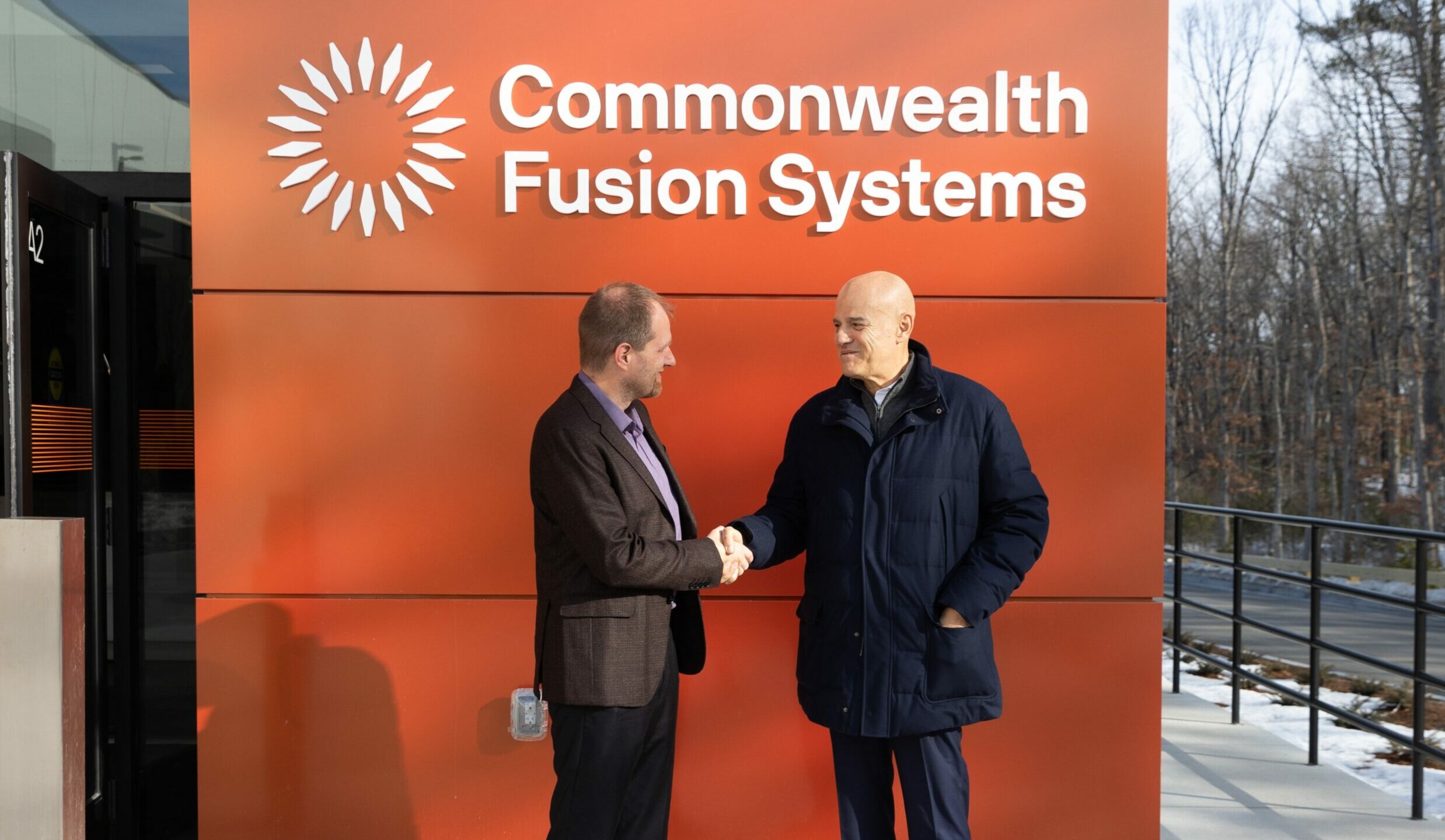What will Eni and the American Commonwealth do for nuclear fusion

Eni and Commonwealth Fusion Systems, of which the six-legged dog is a strategic shareholder, have reached a cooperation agreement on nuclear fusion: in 2025 a pilot plant with net energy gain is expected to enter into operation, followed by a power plant
Eni and Commonwealth Fusion Systems signed a cooperation agreement on Thursday 9 March to accelerate the industrialization of nuclear fusion technologies.
WHAT IS NUCLEAR FUSION
Fusion works in the opposite of fission, the process that takes place in active power plants around the world: it does not generate energy from the division of the nuclei of heavy atoms, that is, but from the union of light nuclei. Like fission, fusion also makes it possible to obtain large quantities of electricity with zero emissions and on a continuous basis; moreover, it produces low radioactive waste which decays more rapidly than traditional waste.
THE HISTORICAL (BUT NOT SUFFICIENT) RESULT IN THE UNITED STATES
Scientists have been trying the path of nuclear fusion for decades, following different approaches but without obtaining great results. Last December, however, a fusion experiment – the one carried out in the Lawrence Livermore laboratory in the United States – for the first time produced more energy than was consumed in the process: in jargon we speak of "net energy gain". Despite its historic success, nuclear fusion is still an immature process and far from commercial use.
WHAT ENI AND COMMONWEALTH FUSION SYSTEMS WILL DO
Commonwealth Fusion Systems is a US company that deals with nuclear fusion: it is linked to the Massachusetts Institute of Technology (MIT) and is supported by Eni, which has invested in it since 2018 and is its "strategic shareholder", reads the press release issued by the company.
The agreement reached on March 9 concerns the engineering and management collaboration between the two companies aimed at the "development and distribution of fusion energy on an industrial scale".
COMMONWEALTH FUSION SYSTEMS TECHNOLOGY
Commonwealth Fusion Systems' technology is different from that used by the Lawrence Livermore laboratory: the latter, simplifying, uses lasers to force the nuclei of atoms to fuse (“inertial confinement”); the company, on the other hand, uses powerful magnets (“magnetic confinement”).
In September 2021, Commonwealth Fusion Systems successfully tested a magnet with High Temperature Superconductors (HTS) superconducting technology for plasma confinement. Plasma is a state of matter which is reached with the very high temperatures required by fusion: in the case of the mixture of deuterium and tritium (they are isotopes of hydrogen which are united to form helium, releasing energy during the process), the reactor with HTS reaches 100 million degrees Celsius.
The company aims to industrialize its technology over the next decade. SPARC, a pilot magnetic confinement fusion plant – it will be the first in the world – is expected to be operational in Massachusetts by 2025, aiming to produce energy at a net gain. SPARC will be followed by ARC, described as the first industrial fusion power plant capable of feeding electricity into the grid: it is expected to be operational in the early 2030s.
This is a machine translation from Italian language of a post published on Start Magazine at the URL https://www.startmag.it/energia/eni-commonwealth-fusione-nucleare/ on Fri, 10 Mar 2023 06:42:49 +0000.
